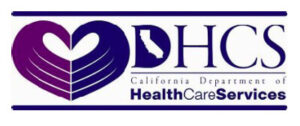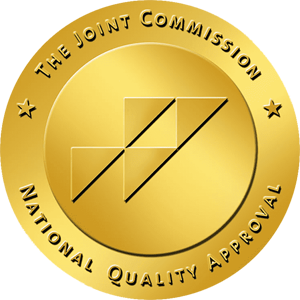Drug detoxification is not easy, especially when talking about withdrawal symptoms. It poses an uncomfortable experience for the patient, both physically and emotionally. These symptoms can be so uncomfortable that they can prevent the body from getting rid of the drug it is addicted to. But, withdrawal doesn’t have to be suffering. There are many options that can make the withdrawal easy.
The severity of withdrawal symptoms depends on various factors including time span of addiction, type of drug that leads to addiction and various others. The drug detox symptoms cause the opposite of the pleasant effects that the substance causes. For instance, detox symptoms of cocaine and methamphetamine include lethargy, fatigue, and depression. Withdrawal symptoms of opioid addiction often include significant aches and pains.
What is Opioid Addiction?
When a person suffers from aches and pains, he/she often takes opioids or painkillers that help in relieving pain, these medicines lower the number of pain signals sent by the body to the brain. Such drugs often alter the way that the body responds to pain. A doctor may also prescribe opioids to their patients to relieve pain from:
- Accidental injuries
- Pain from dental procedures and toothaches
- Surgical pains
- Pains because of chronic cancers and other such conditions
When taken under medical supervision, opioids are safe. But, when wrongly used, the person becomes addicted.
Opioid Detox
When talking about opioid detox, the withdrawal symptoms are although not life-threatening, but are quite discomforting. The cravings are dangerous enough to cause a relapse. So, an opioid addict is screened by a specialist and then given particular medications that help to make the withdrawal less uncomfortable. These include:
Methadone and Buprenorphine
Both of these medicines ease the pain of the individual by targeting the same part of the brain that opioid does. But unlike opioids, these drugs do not make the person feel high. On the contrary, these drugs help in restoring and maintaining a balance in the brain and further assist with relieving pain. These medications are safe enough to be taken for a lifetime. But, one shouldn’t start or quit them without talking to your doctor.
Naltrexone
This is another medication that the doctor prescribes to people suffering from opioid addiction. Naltrexone doesn’t actually prevent the person from taking opioids, but actually prevents relapse. This drug keeps the person from feeling high that generally is felt after taking opioids.
Clonidine
This medicine is often prescribed to opioid addicts who face less severe withdrawal symptoms. The FDA has approved the medication as a prescription drug for blood pressure. But it was found that this drug could also ease the suffering caused by rapid heart rate, watery eyes, nausea, various stress-related complications and other symptoms of opioid detoxification.
The physical addiction to opioid can be eased by these medications. But to cope up with your emotional needs you may require other kinds of therapies and group sessions. These treatments not only help to avoid opioids but also to manage cravings.






